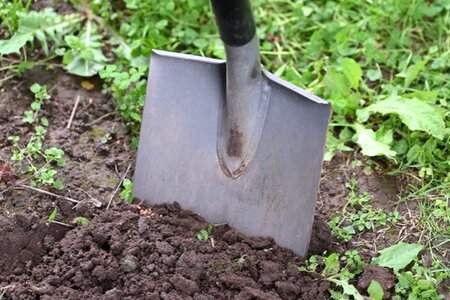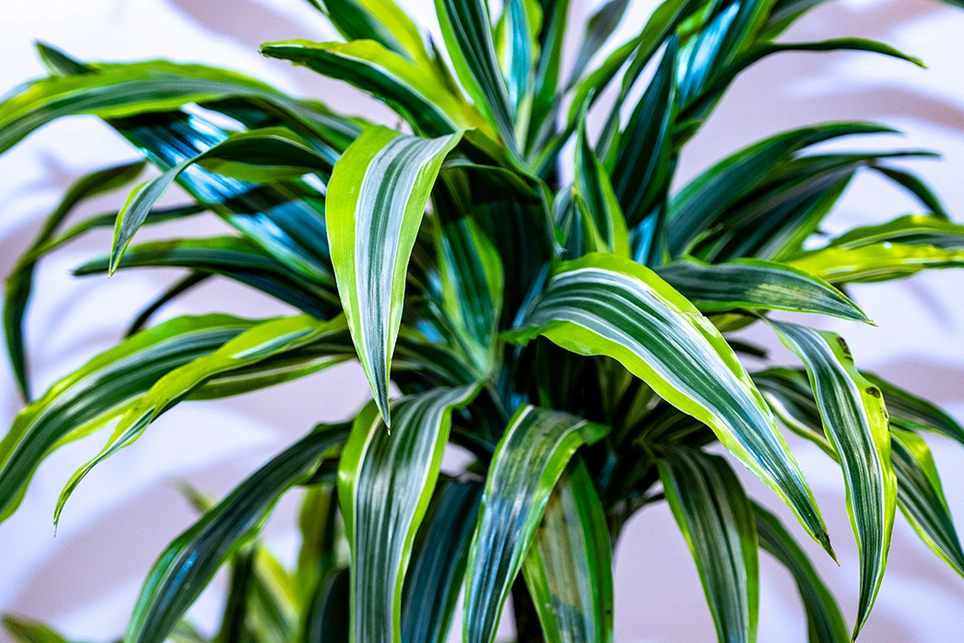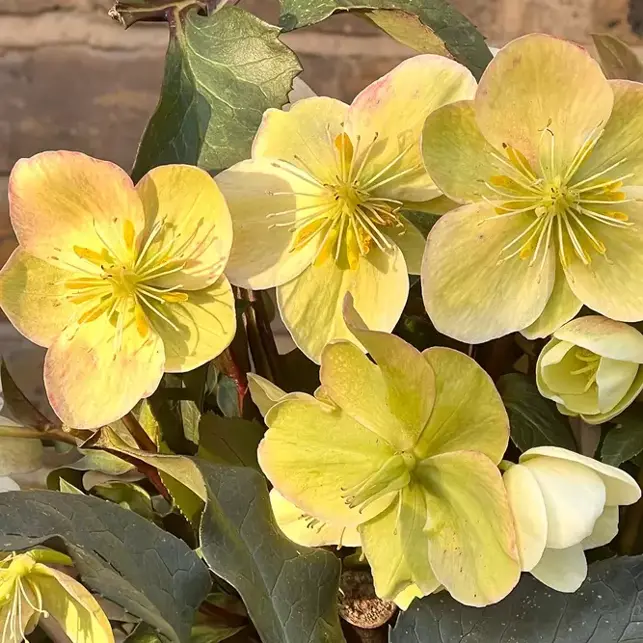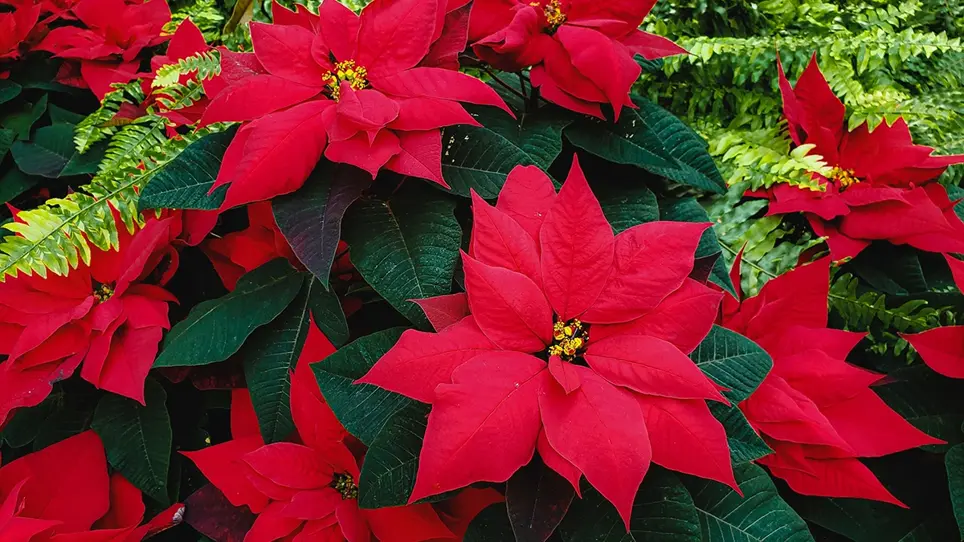
This how to test your soil pH guide will give you all of the information you need to know your soil better. Without good soil and knowing exactly what type and PH it is, your plants may not thrive so well. When you know more about your soil, you can choose the right plants for the right place and work with what you’ve got to have a fully biodiverse and beautiful garden. Here's how you can test your garden soil to find out.
1. Get a testing kit
Many different types of testing kits are straightforward to use. Plus, doing it is a bit like a fun school science experiment! Kits are different. There are some with a pH indicator from just inserting into the soil, and others have pH test strips which are fun to do but also really very accurate.
2. Collect some soil
Collect a few samples of soil from different areas of your garden and keep each sample separate. Make sure the soil hasn’t been given any recent fertilisers or mulches so you can be sure the soil hasn’t been altered. It’s surprising how readings can be different from various areas in a garden, so testing a few samples is helpful.
3. Use the testing kit
The easy pH strip testing kits will have small tubes that you can put the soil samples into. Make sure you’ve removed any debris and stones so it's just the soil that will be mixed with a testing solution. You can watch the colour change, which is really fascinating. Usually, green is alkaline and red is acidic with numerous shades in between, so check your results against the chart supplied with the testing kit.
- Green colour? That means your soil is alkaline.
- Red colour? This means that your soil is acidic.
4. Choose your plants
Now you know what soil acidity you have, you can start to look at plants that will thrive in those conditions. There are many beautiful plants for all conditions. It is possible to temporarily alter the soil acidity if you love a specific plant that isn’t right for your soil, but this can be difficult and not long term so ideally, work with what you’ve got or grow in pots.
5. Plants for acid or alkaline
Plants that thrive in acidic soil are well known such as:
- Azalea,
- Rhododendron,
- Blueberries.
There are very many plants that prefer alkaline to neutral soil. Alkaline-lovers are:
- Campanula,
- Geraniums,
- Lavender.
Then there is only a small group left that loves a neutral soil pH:
- Ferns,
- Asparagus.
Usually, a pH of 6.5 is the perfect pH for most gardens, which most people will at least be close to. A large percentage of plants thrive between a pH of 6.0 to 7.0.
We have soil pH testing kits in store for you to use, and our friendly team can advise you on their use. Get to know your soil and plant plants that are exactly perfect for your soil pH.







